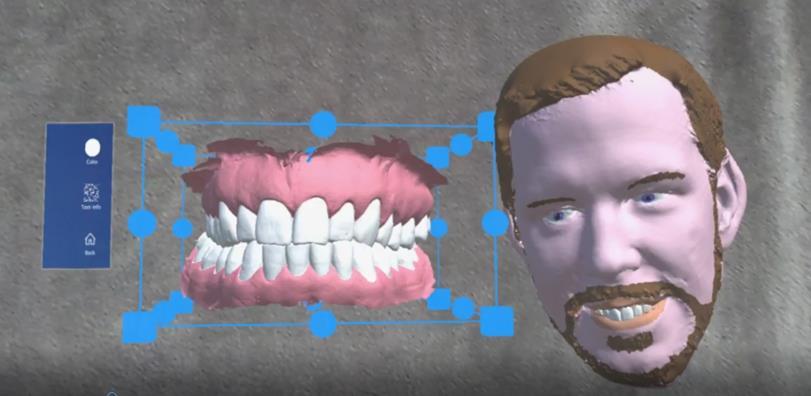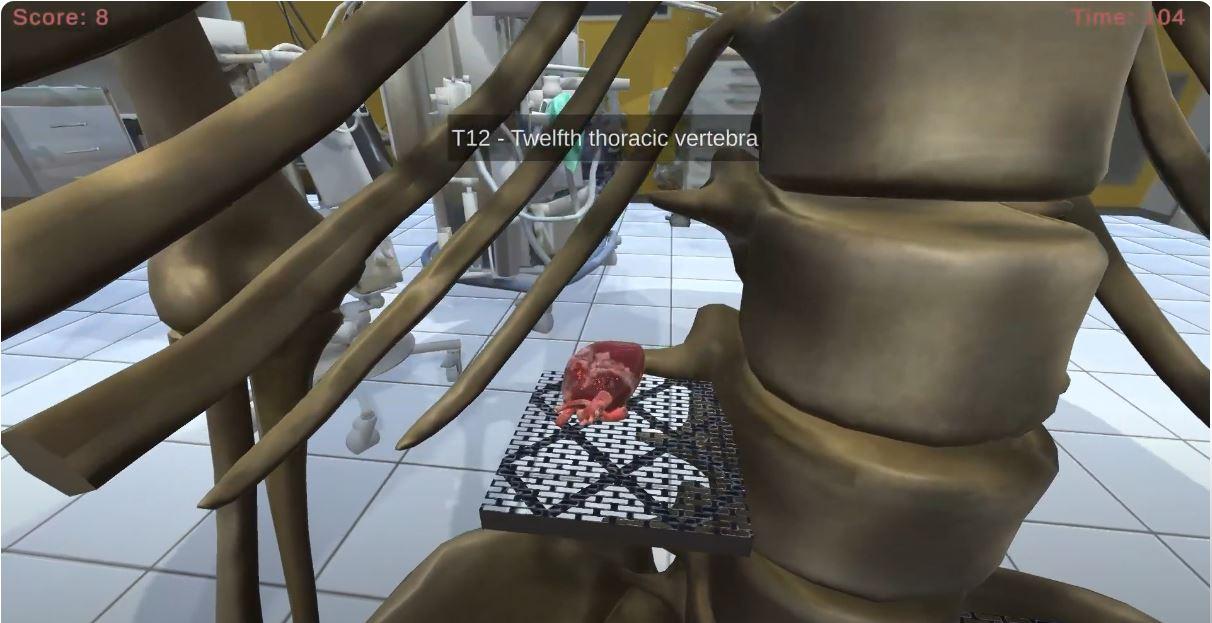Visiting conferences represents an important of a scientific career. They provide a means of getting important feedback on one’s work, seeing the latest developments in the field, creating new connections and setting up potential cooperations, getting motivation, but also having fun and travelling.
International Student Congress (ISC), taking place annually at the Medical University of Graz. With the motto “Creating the Future of Health Sciences”, it is Austria’s largest health congress for students with around 200 participants from more than 35 nations. ISC aims to support young researchers and provide a safe and relaxed environment for them to first time presenting their research results at an international conference.
At MedTech, we highly recommend our students taking part in this event and submitting an abstract about their bachelor/master projects. This year, the contributions of three of our students were accepted and will be presented at the ISC 2023.
Project of Ms Müller (Bachelor)
Title: EEG-based brain-computer interface for classifying imaginary hand movements.
The goal of this project was to classify two imaginary hand movements using a machine learning (ML) model.
The imaginary movements were recorded using an electroencephalogram (EEG). Furthermore, this classification was to be implemented in real-time.
For this purpose, a hierarchical approach with two Support Vector Machine (SVM) models was trained and tested:
1. SVM 1 – discrimination between an imaginary movement and no movement (rest).
2. SVM 2 – discrimination between the two imaginary hand movements
The combination of both models achieved a classification accuracy of 70.26%. Using the two offline trained classification models, real-time classification was implemented. Furthermore, a Graphical User Interface (GUI) was developed that allows a graphical interpretation of the classification result in real-time.
The further focus of this project will be on increasing the classification accuracy and the classification of further imaginary hand movements.
Subsequently, a robotic hand could be connected to the system, which is controlled by the feedback of the classification model.
Project of Mr Barounig, Käfinger, Santner (Bachelor)
Title: Augmented Reality for Dental Applications: Enhancing Education and Treatment Planning
Augmented reality (AR) has the potential to improve dental education and treatment planning by providing a more immersive and interactive experience.
The aim of this study was to develop an AR application that allows users to view and manipulate a 3D data set of a human skull using a smartphone or AR headset. The removal of teeth, changing their colour, or visualizing potential implants are application examples.
A CT data set of a human skull was imported into Blender software and prepared, e.g., redefining the object surface and separating each segment, for integration onto an AR platform using Unity. Tested on an Android smartphone and a Microsoft HoloLens, this project allowed users to view and manipulate teeth in 3D with views from different angles and perspectives, also to colourize the teeth in the HoloLens application
In future, we plan to enhance the HoloLens application with additional features, such as providing a selection of different dental conditions with varying complexities that can be addressed through various treatment methods.
Project of Ms Peck (Bachelor)
Title: Needs-centred conceptual design and evaluation of an iOS-based telemonitoring system for patients with diabetes mellitus
This project focuses on the elicitation, specification and validation of target group and stakeholder-specific requirements for implementing an application to store and organize data related to diabetes mellitus using different methods of Requirements Engineering.
In the beginning, a target group analysis was carried out in order to adapt the application to be developed to the corresponding group of people. Using different methods, the requirements of the defined target group, as well as legal, normative and clinical requirements were collected and compared and prioritized in the subsequent Requirements Specification phase. The resulting System Specification was formulated in the form of a requirements catalogue as a basis for implementation. The prototype was tested with respect to the criteria of user-friendliness and usability in the course of the validation phase.
Finally, after interpreting the results, it could be stated that such a project requires structured planning of the entire requirements engineering process. In addition, the qualification of the requirements engineer is crucial. Regarding the feasibility, in the course of this work, which excluded studies with target groups for reasons of resources and time, it was noted that tests with end users contribute significantly to the frequency of use and should be implemented in practice in any case.
The integration of such applications into the healthcare system and into the daily life of patients would greatly relieve the burden on those affected as well as the healthcare system, patients could be treated in a more targeted and individualized manner based on their disease progression, and deaths as a result of diabetes could be reduced to a minimum.
Wishing good luck and great first conference experience to all of you!
Yours,
MedTech @ FH Kärnten Team


